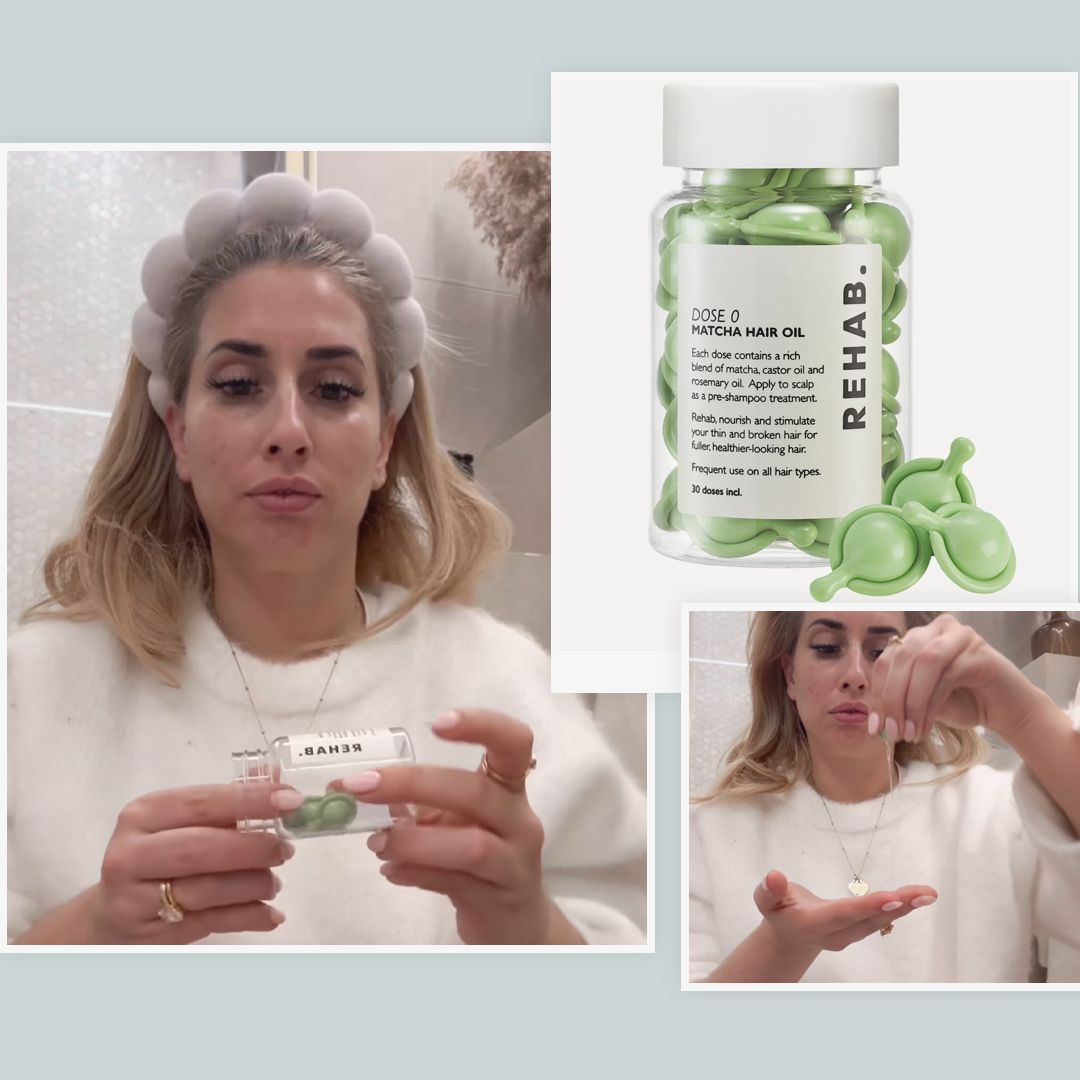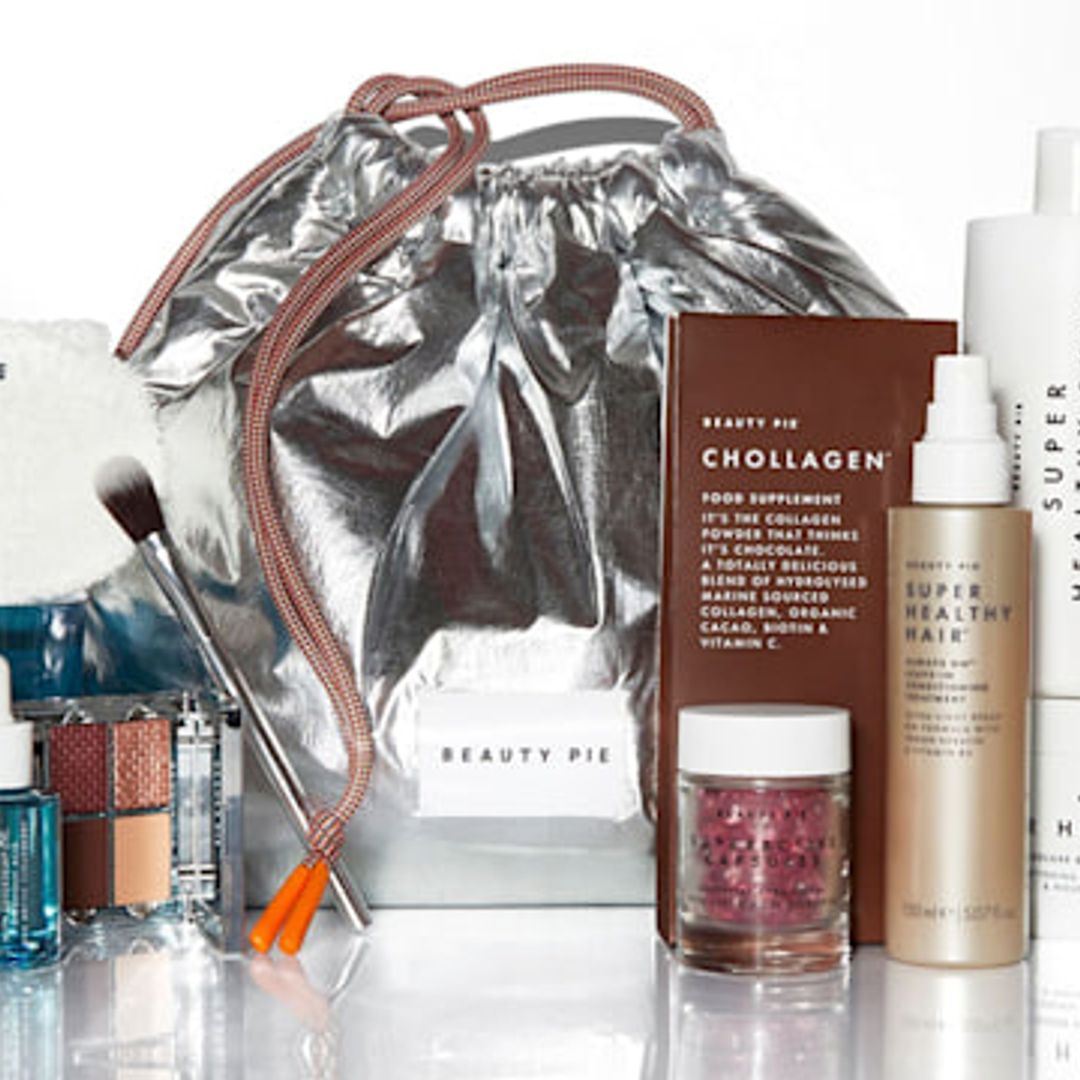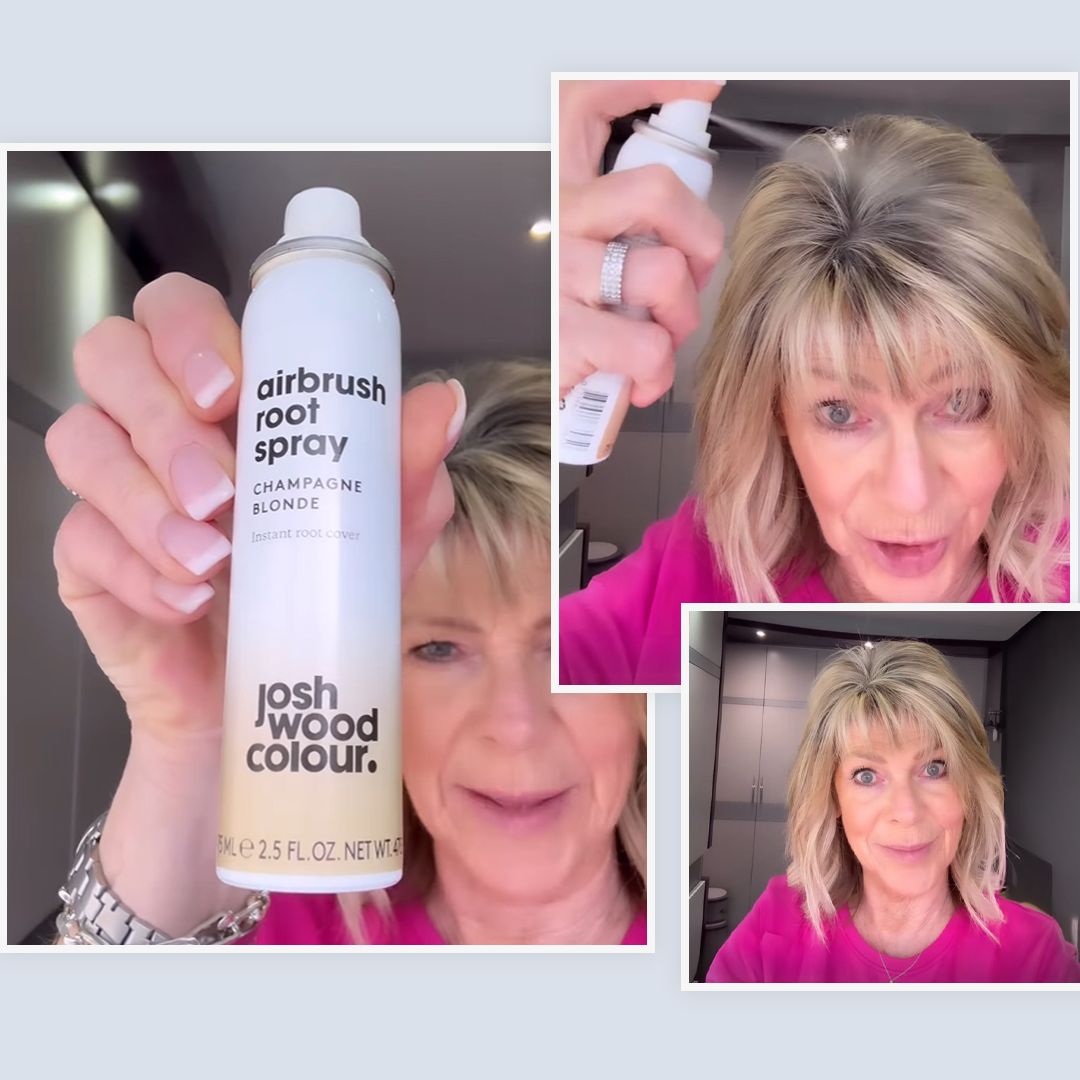As the credit downturn continues to make itself felt in all aspects of our lives, the latest area to fall prey to the crunch is our monthly visit to the colourist. Women, it seems, are opting to do it for themselves, swapping pricey salon treatments for home colour kits. Read on if you're thinking of joining them…
Go seriously brunette
Sales of Tesco's 99p range of home hair colours have gone up by an amazing 200 per cent, with sales apparently highest in brunette shades. Women apparently feel brown helps them look more professional in a workplace where redundancy has become an almost permanent threat. Also, unless you're naturally blonde or grey, regrowth is less noticeable when you colour your hair a shade of brown. Which means less maintenance and even more money saved. Brunette preparations also contain less peroxide than blonde so they're kinder to hair.
Other factors to be taken into consideration
For the best, least risky, result, stick to within two shades of your natural hair colour. While colouring your hair at home is easy, the results can be difficult to correct if you've gone for a complete colour change. Black pigment, for instance, really does stain the hair – and its depth can make a pale complexion look pasty in contrast. So if you find it doesn't suit you and decide to dye your hair brown, for instance, you'll be adding brown pigment on top of the black which means the black tones will continue to show through until they've grown out. The alternative, stripping the black out of your hair with peroxide first, can be damaging. Extreme colour changes are really best left in the hands of the professionals. So maybe find a colour that works for you and have it done professionally – then continue to maintain it yourself at home.
Consider the health of your hair
Today's home hair colourants are far kinder to hair, with plenty of conditioning ingredients in the formulations. Additional conditioners are often included to help 'seal in' and protect the colour. This also smoothes the cuticle, thereby helping keep inside all of the natural constituents of hair that are needed for it to maintain its strength and flexibility. If you're going blonde you'll need a formulation containing peroxide which strips the hair of its natural pigment. Peroxide is an extremely potentially damaging chemical. So don't forget, if your hair's not particularly strong and healthy, peroxide could tip it over into a dry, frazzled mess.
Do what you're told
Always follow the instructions precisely and do a patch test every time. You can become suddenly allergic to a product you've used several times before. Should you develop a full-blown reaction you may be creating a sensitivity that means it's likely you'll have problems colouring your hair in the future. Not sure how 'permanent' a colour is going to be? As a rule of thumb if you've got to mix two bottles to create your colouring formulation it means it's as permanent as you can get. Single formulations give up to 24 washes worth of colour. But check the packaging closely to see how long it will last. Never interrupt the specified development time thinking you'll get a less intense result. Hair goes through several stages (and colours) before it reaches the appropriate point, so if you stop half-way through you could find your hair is orange! And don't go over the development time as the extra exposure to chemicals could cause damage.
Handy hints for trouble-free application
It's a good idea to smear Vaseline around your hairline to prevent skin from becoming discoloured and drape an old towel around your shoulders to catch any drips. And don't forget, if your hair's very long there may not be enough formulation to cover the length. If you're not sure, buy two packs of colour in the first place rather than risk ending up with two-tone hair if you run out!








